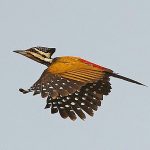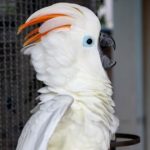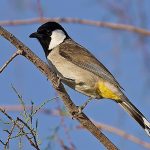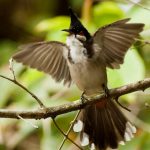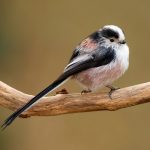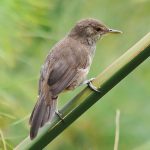Superb lyrebird
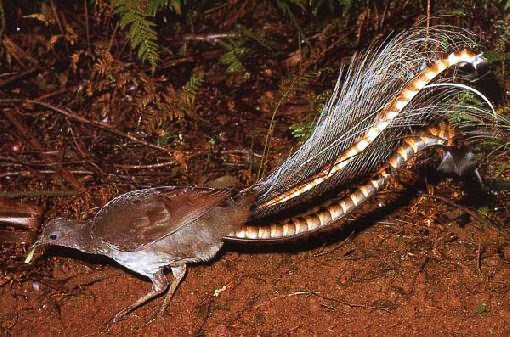
Superb lyrebirds feed on insects, spiders, worms and, occasionally, seeds. They find their food by scratching with their feet through the leaf-litter.
These birds breed in April-October. The male secures a territory, attracting potential mates by singing and dancing on one of several mounds within it, throwing the tail forward over the body and shaking it in display. The male will mate with several females. Each female builds the nest alone, a large domed structure with a side entrance, built of sticks with moss sealing the interstices, often camouflaged with ferns or mosses. There she lays 1 large and grey egg with light speckles, which she incubates alone for 40-45 days. The chick is taken care by the female alone, fledging 6 weeks after hatching, but staying with the female for 9 months before becoming independent.

